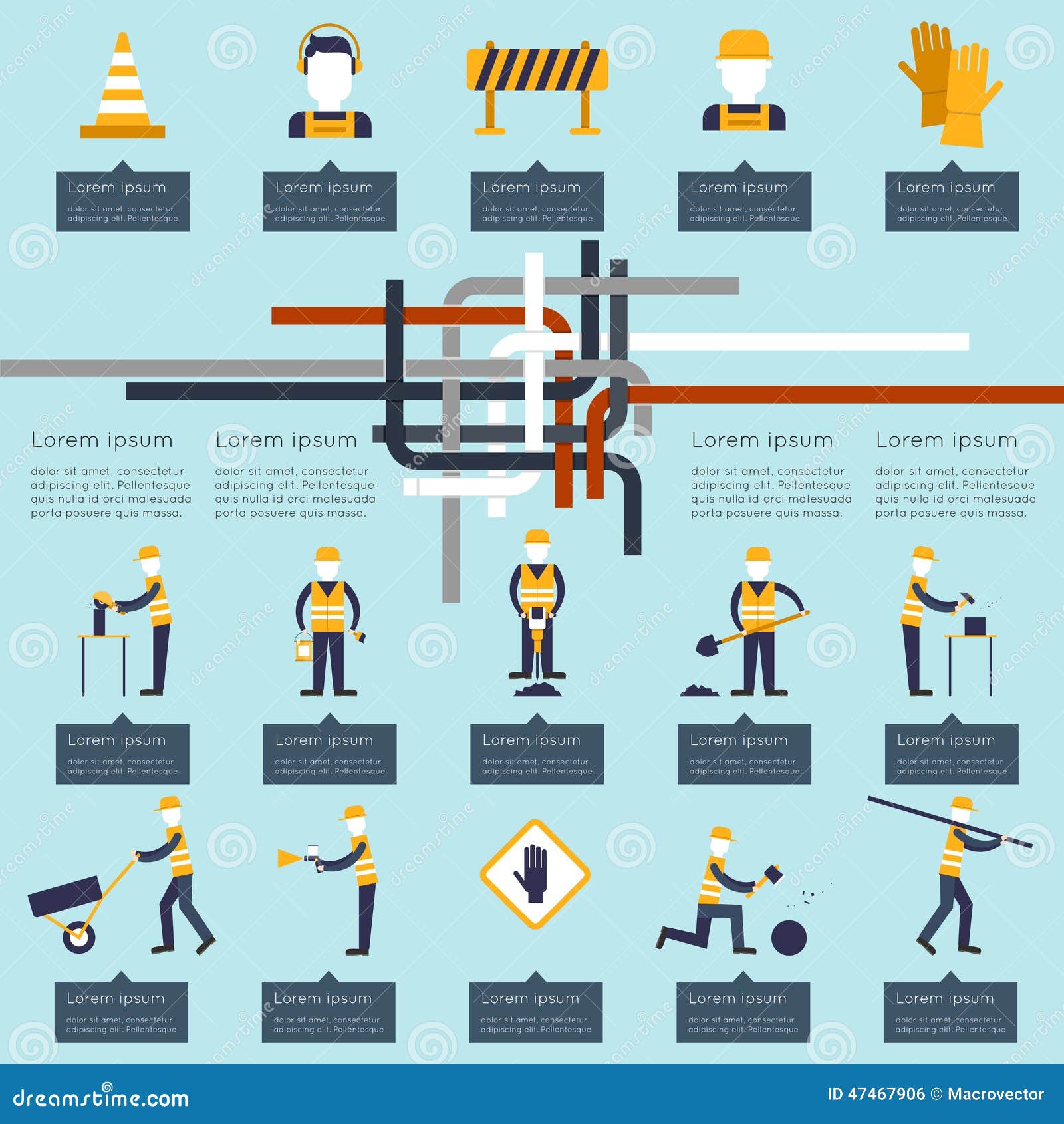Detailed Refine For Getting Your Wall Surfaces Ready For A Fresh Layer Of Paint
Detailed Refine For Getting Your Wall Surfaces Ready For A Fresh Layer Of Paint
Blog Article
https://manuelrayoe.blogsumer.com/32518157/step-into-a-world-of-color-and-creativity-with-deck-painting-concepts-that-will-certainly-transform-your-exterior-space-into-a-magnificent-refuge By-Binderup Rindom
When you're prepping your wall surfaces for paint, it's crucial to comply with a systematic procedure to guarantee a remarkable coating. Start by analyzing the wall for any kind of damages; this action can make or damage your job. Once https://www.bhg.com/homekeeping/house-cleaning/surface/how-to-clean-painted-walls/ have actually determined any type of issues, cleaning the surface effectively is crucial, as a dirty wall can impact paint attachment. Afterwards, you'll require to spot any flaws and apply a primer. But there are specific methods and ideas that can elevate your preparation video game-- let's check out those additional to achieve the best results.
Assessing Wall Problem
Prior to you grab your paintbrush, take a minute to evaluate your walls' condition. Look for any type of visible damages like cracks, openings, or peeling off paint. These blemishes can impact just how the paint sticks and looks when it's completely dry. If you notice any kind of substantial damage, you'll require to focus on repairs before diving into painting.
Look closely at the appearance of your wall surfaces. Is the surface area smooth, or is there texture that might require unique factor to consider? Smooth wall surfaces generally require less prep, while textured surface areas might require more time to paint evenly.
Also, think about the previous paint task. If the old paint is glossy, it mightn't enable brand-new paint to stick effectively. You'll wish to know if your wall surfaces have actually been painted with oil-based or water-based paint, as this can impact your choice of primer or paint.
Finally, take painting contractors portland maine of any type of dampness concerns. If you see signs of water damage or mold, address these troubles quickly to prevent further complications.
Cleaning the Surface
Once you've examined the condition of your walls, the next step is cleaning up the surface area. Begin by collecting your supplies: a container, warm water, a moderate detergent, a sponge or towel, and a scrub brush for tougher areas.
Begin at the top corner of the wall and work your method down. Mix the detergent with warm water in your bucket, after that dip the sponge or cloth into the option. Wring it bent on prevent too much moisture on the wall surfaces.
As you clean, pay very close attention to areas that might've built up dust, oil, or finger prints. For persistent stains, make use of the scrub brush carefully to avoid harming the paint under. Rinse your sponge or fabric regularly in clean water to prevent spreading dirt around.
After cleansing, it's important to wipe the wall surfaces with a wet cloth to eliminate any soap residue. This action makes certain a smooth surface area for the new paint to abide by.
Allow the wall surfaces to dry totally before proceeding to the next prep work steps. This thorough cleansing procedure will assist develop a fresh canvas for your painting project, making sure the most effective results.
Patching and Priming
Patching and priming are important steps in preparing your walls for a fresh layer of paint. Initially, inspect your wall surfaces for any holes, fractures, or flaws. Utilize a premium spackling compound or patching paste to fill up these areas.
Use the compound with a putty blade, smoothing it out so it's flush with the surrounding surface. Enable it to completely dry entirely, and afterwards sand it lightly up until it's smooth and also.
When you can find out more have actually covered whatever, it's time to prime. Primer helps seal the patched areas, making sure the paint sticks properly and offers a consistent finish. Select a primer suitable for your wall type and the paint you'll be making use of.
Use the primer utilizing a roller for bigger locations and a brush for corners and sides. If your covered areas are dramatically large or porous, you might want to apply a second layer of primer after the very first one dries.
After priming, let every little thing completely dry thoroughly prior to moving on to paint. This prep work will not only improve the look of your wall surfaces but additionally lengthen the life of your paint work.
Take your time, and you'll be pleased with the results.
Conclusion
By following these basic steps, you can achieve a smooth and expert surface on your walls. Beginning by evaluating their problem, then tidy and patch any type of flaws prior to using guide. Remember to enable sufficient drying out time and make sure every little thing is smooth before you study painting. With the right prep work, you'll establish the stage for an attractive improvement in your space. Now, collect your materials, inhale the fresh air, and prepare to paint!
